On the afternoon of 28 April 2025 in Hanoi, the Ministry of Industry and Trade held the Announcement Ceremony of the Adjustment of the National Power Development Plan for the period 2021-2030, with a vision to 2050, according to Decision No. 768/QD-TTg of the Prime Minister. Minister Nguyen Hong Dien chaired the announcement ceremony.
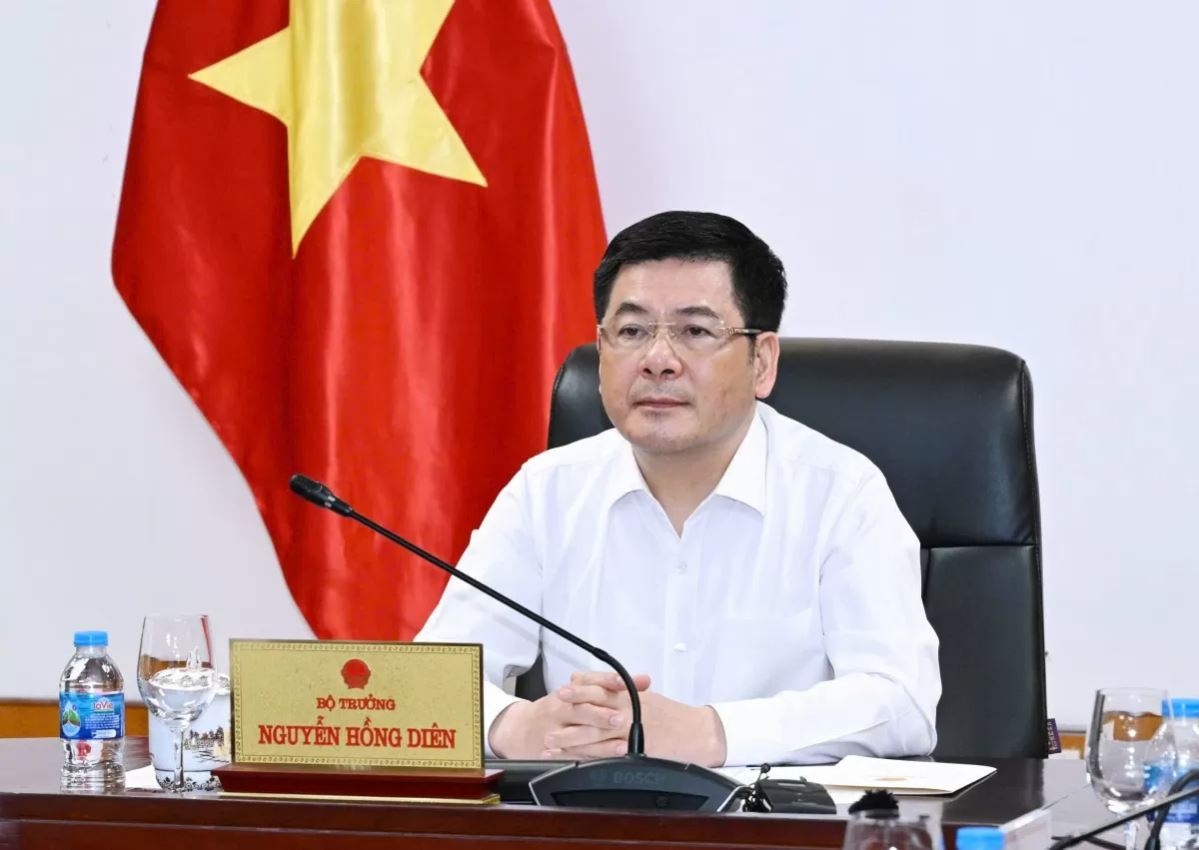
Minister of Industry and Trade Nguyen Hong Dien chairing conference
At the announcement ceremony, Mr. Pham Nguyen Hung, Director of the Electricity Department, announced Decision No. 768/QD-TTg dated 15 April 2025 of the Prime Minister approving the Adjustment of the National Power Development Plan for the period 2021-2030, with a vision to 2050 (Adjusted Power Plan VIII). At the same time, he provided a brief and comprehensive overview of the key contents of the adjusted Power Plan VIII.
Ensuring national energy security
Accordingly, the general target of the plan is to ensure national energy security, meet the requirements of socio-economic development and industrialization, and modernize the country. Successfully implement a fair energy transition associated with production modernization, building a smart grid, and managing advanced power systems in line with the world's green transformation, emission reduction, and science and technology development trends. Form a comprehensive energy industry ecosystem based on renewable energy and new energy.
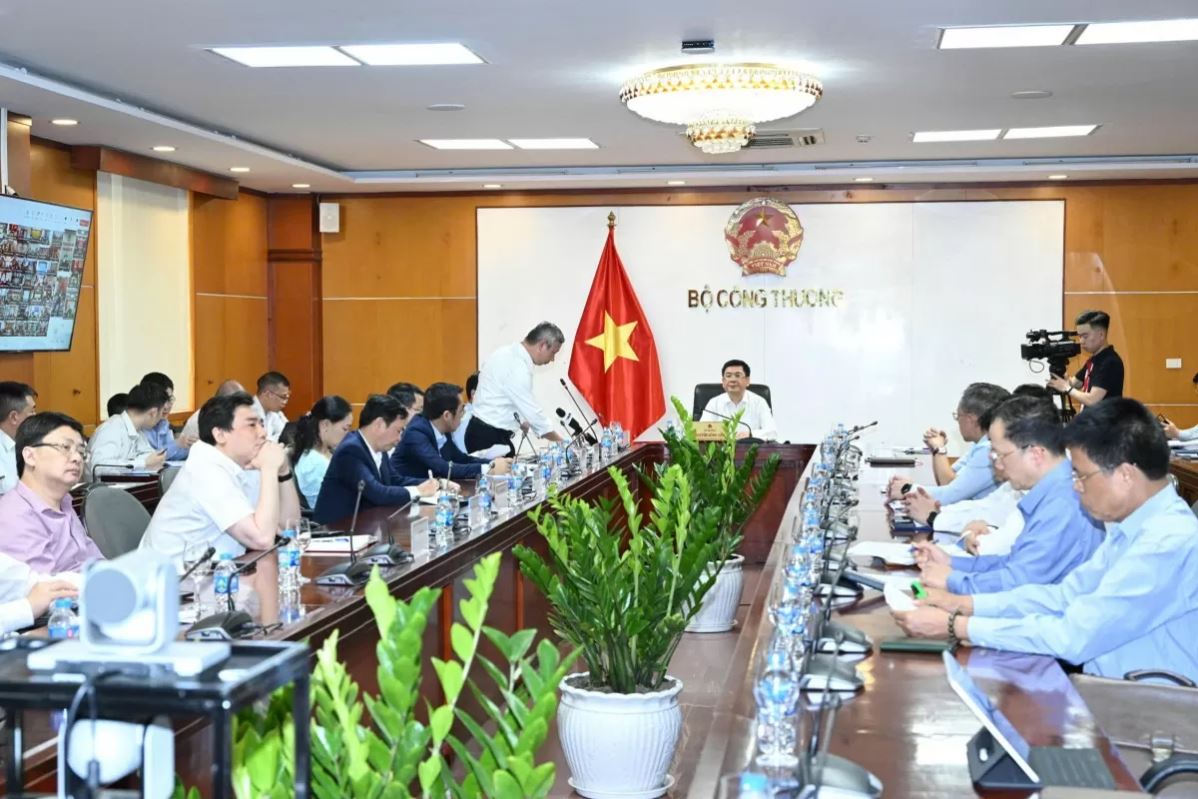
Overview of Conference announcing Power Plan VIII
Regarding ensuring national energy security, the Plan sets a specific target of supplying sufficient electricity for domestic demand, meeting the socio-economic development target with an average GDP growth rate of about 10.0%/year in the period 2026-2030 and about 7.5%/year in the period 2031-2050. In 2030, commercial electricity will reach about 500.4 - 557.8 billion kWh; the orientation for 2050 will reach about 1,237.7 - 1,375.1 billion kWh. Electricity production and imports are expected to reach approximately 560.4–624.6 billion kWh by 2030, with a target of about 1,360.1–1,511.1 billion kWh by 2050. The maximum capacity is expected to be approximately 89,655–99,934MW by 2030 and about 205,732–228,570MW by 2050.
Ensure a safe and reliable electricity supply, meeting N-1 criteria for important load areas and N-2 criteria for the strategic load zone, and nuclear power sources. By 2030, the reliability of electricity supply is expected to be among the top 4 leading countries in ASEAN, and the electricity access index is projected to be among the top 3 leading countries in ASEAN.
By 2030, the target is to have 50% of office buildings and 50% of households using self-produced, self-consumed rooftop solar power (for on-site consumption, without selling electricity to the national grid).
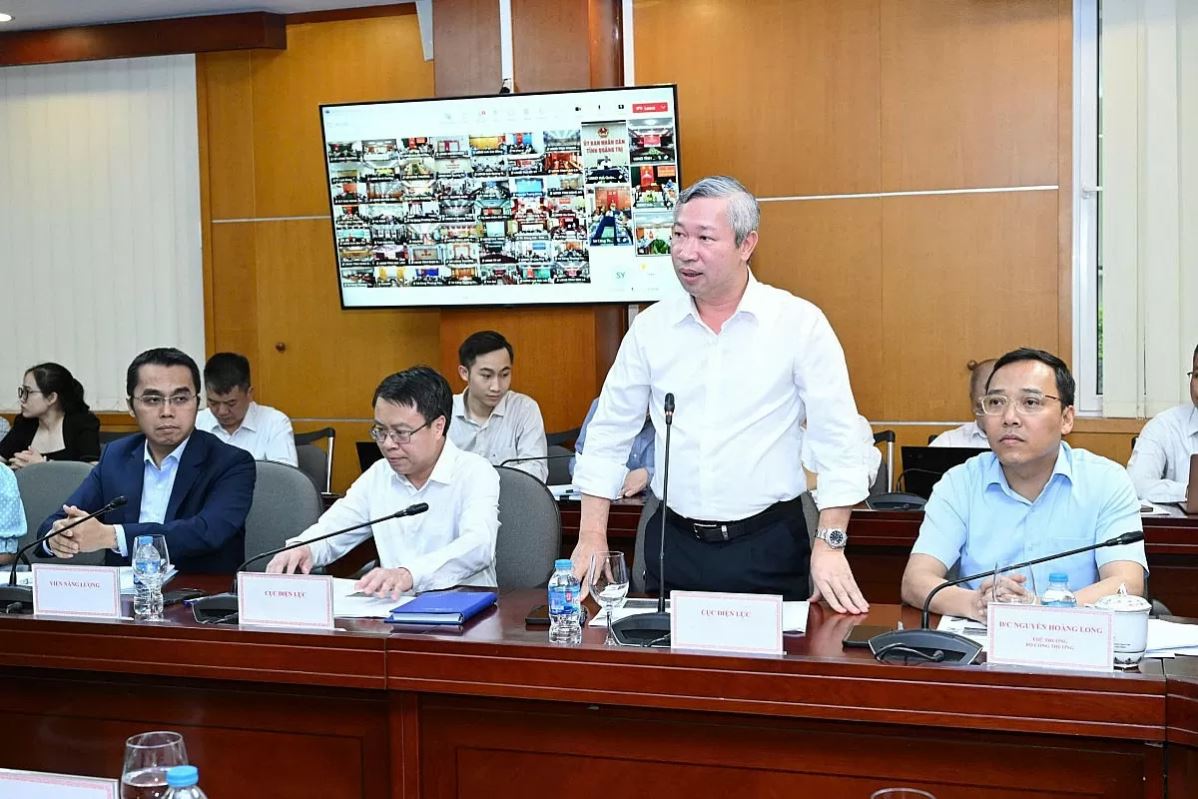
Mr. Pham Nguyen Hung, Director of Electricity Department introducing overview of contents of adjusted Power Plan VIII
Focusing on implementing key tasks
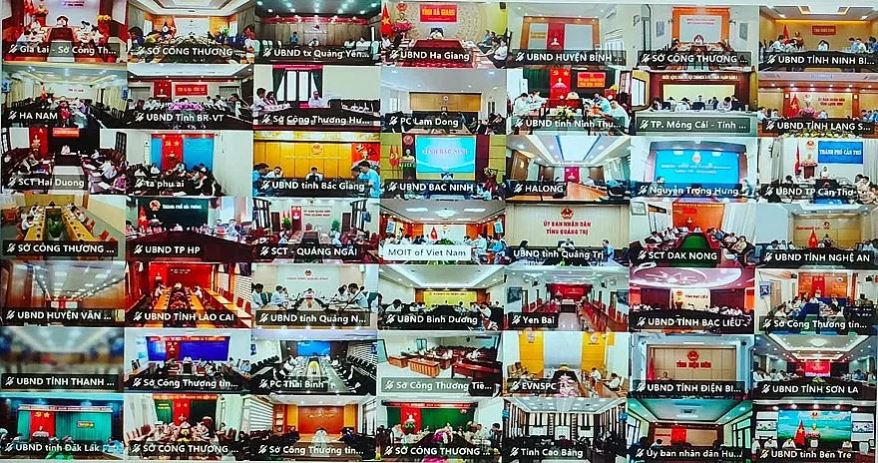
Conference was held online and offline, connecting 63 provinces and cities
First of all, for localities, the Minister urgently requested directing the review and updating of power source and grid projects identified in Decision 768/QD-TTg into the Provincial Planning, the Provincial Planning Implementation Plan, and the Planning, Land Use Plan, and related local plans ensuring consistency with the content and scale of the increased capacity allocation in the Power Plan VIII and Power Plan VIII (adjusted), complying with the order and priority list proposed to the Ministry of Industry and Trade, as a basis for receiving and implementing investment projects by the provisions of law.
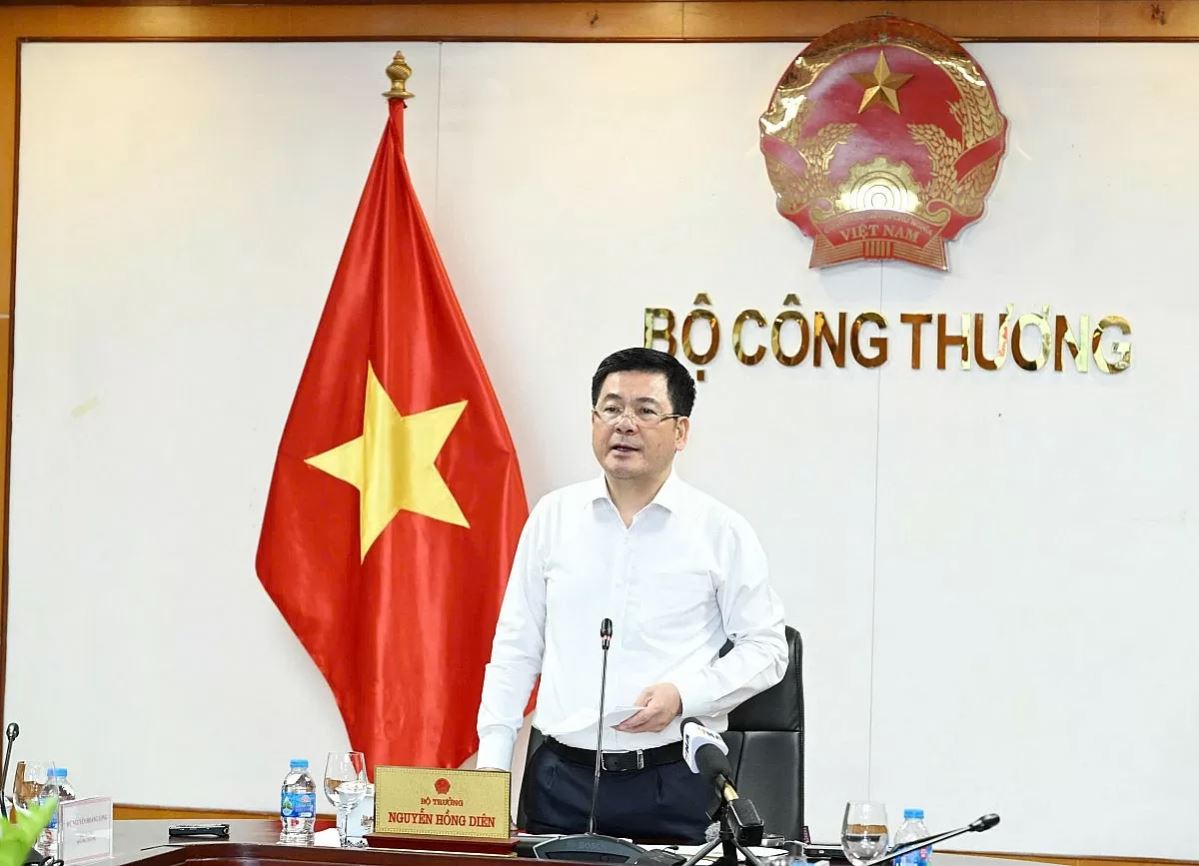
Minister of Industry and Trade Nguyen Hong Dien giving directive speech
The Minister noted that in addition to the list of power sources and grids stated in Decision 768/QD-TTg, electricity development potential also includes power sources under 50MW (mainly renewable energy sources) connected to the 110kV grid. According to regulations, these types, both power sources and grids, are within the scope of the Provincial Planning. Therefore, the minister requested localities to urgently implement plans to develop the provincial power supply network so that the province has a basis to implement projects. In addition, local authorities need to urgently organize the approval of investment policies, select investors for power projects within their authorities, and arrange land funds for developing power projects according to the provisions of the law.
Local authorities must urgently complete the selection of investors for key LNG projects at Nghi Sơn, Quynh Lap, and Ca Na by the end of Q2 or the beginning of Q3 this year. For the LNG projects at Hai Phong, Cong Thanh, Vung Ang 3, Quang Trach 3, and Hiep Phuoc 2, the approval of investment policies and the selection of investors must be completed no later than the end of Q3 or the beginning of Q4/2025 to ensure prompt implementation.
At the same time, local authorities should proactively coordinate closely with investors to effectively carry out land clearance, compensation, resettlement, and relocation for power source and grid projects by regulations. They should also actively support and create favorable conditions for investors and contractors during the construction process, ensuring that power projects are completed according to the planned schedule. The progress of these projects must be considered a decisive factor for national energy security.
The Minister also requested that localities focus on resolving difficulties and obstacles for renewable energy projects by the spirit of Resolution 233/NQ-CP of the Government; at the same time, strengthen inspection and supervision of investors to properly implement the progress of power source and grid projects in the area, promptly remove obstacles arising during project implementation, and proactively propose to replace delayed or behind-schedule projects with other more feasible projects (including projects on the list expected to be put into operation in the 2031-2035 period) to ensure the electricity supply plan according to the approved Plan.
The Minister requested that EVN continue to review and adjust the electricity pricing framework for different types of electricity to better align with market developments and ensure it remains attractive to investors. EVN, along with local power companies, needs to urgently develop a synchronized transmission system, including both inter-regional and intra-regional transmission networks. At the same time, EVN needs to accelerate the negotiation process to implement the Ninh Thuận 1 Nuclear Power Project and other key power projects already included in the planning.
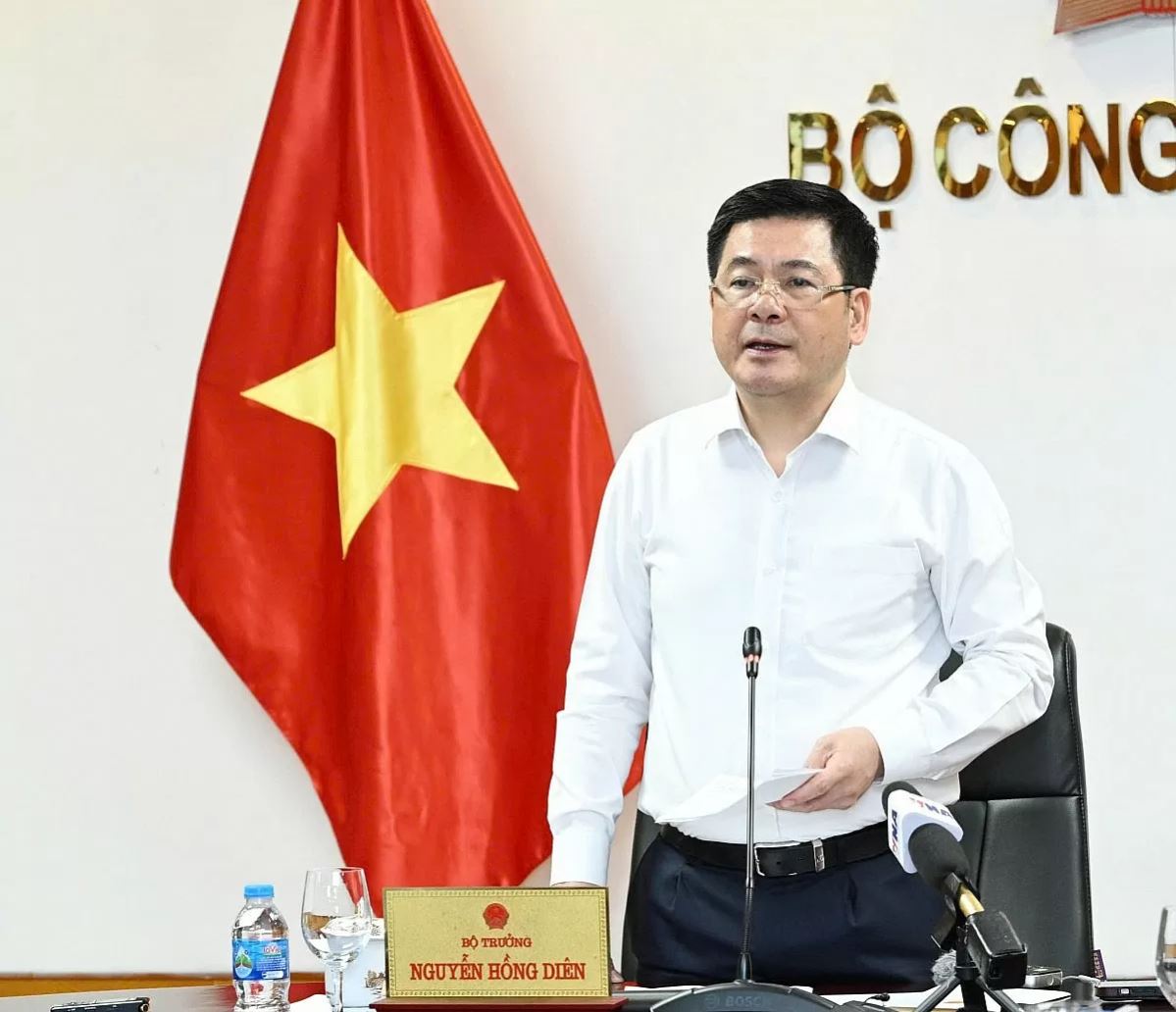
Minister Nguyen Hong Dien
With the assigned functions and tasks, the Ministry of Industry and Trade commits to always accompany and closely coordinate with relevant ministries and branches to create the best and fastest conditions, and promptly remove difficulties and obstacles (if any) so that localities and investors can accelerate the implementation of projects, ensure electricity supply security, and serve the country's socio-economic development.
Translator: Thanh Hải
Share